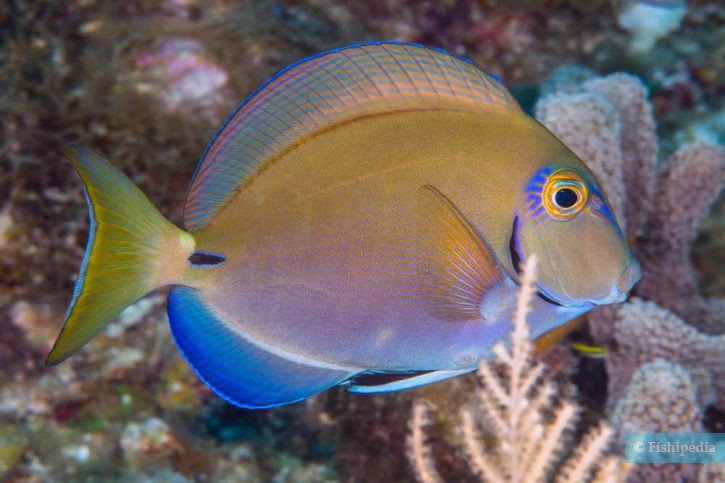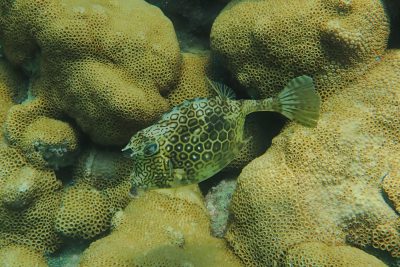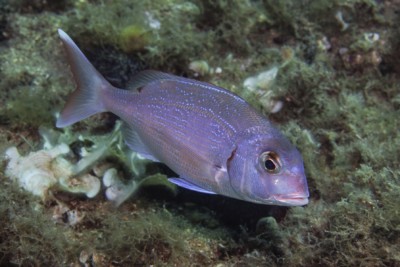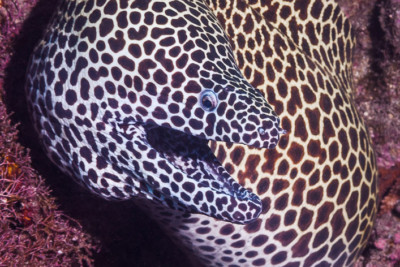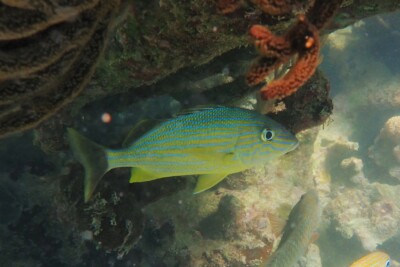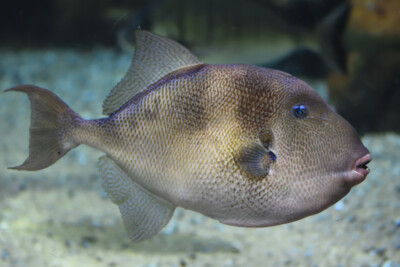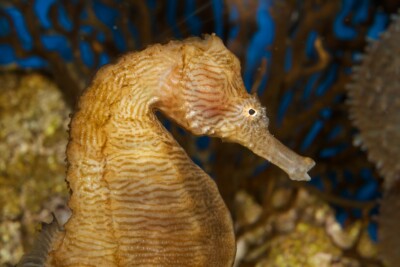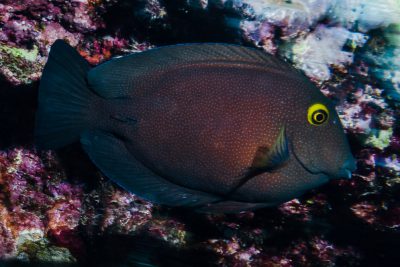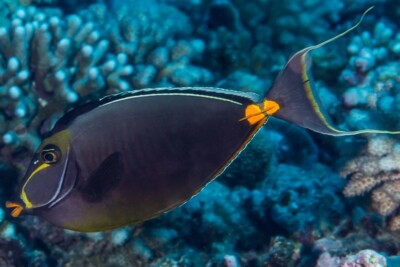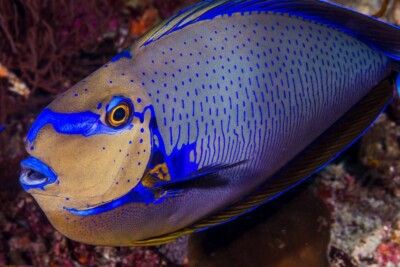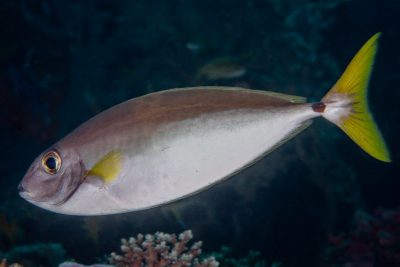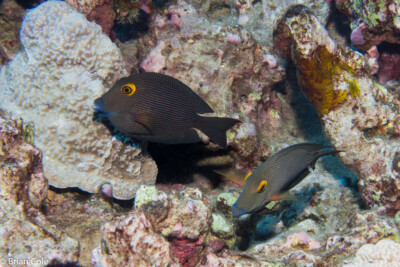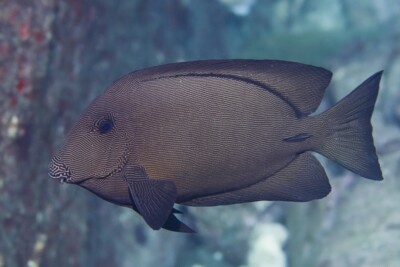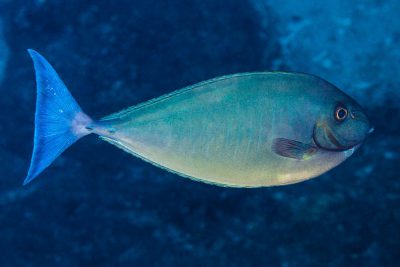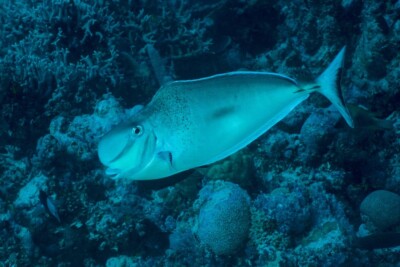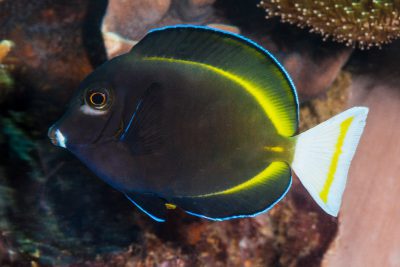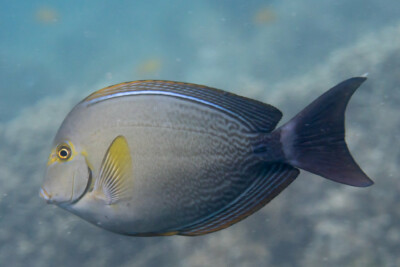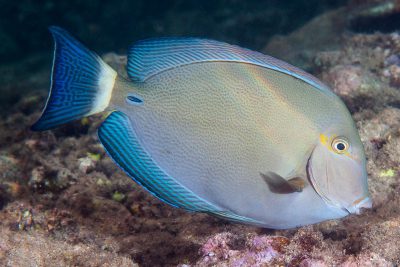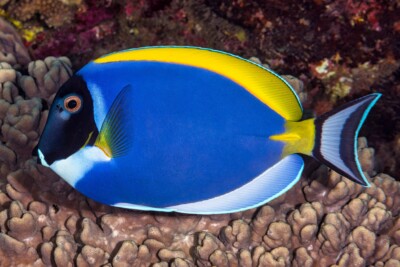five-band surgeonfish
| Family | Acanthuridae |
|---|---|
| Genus | Acanthurus |
| IUCN category (World) | LC |
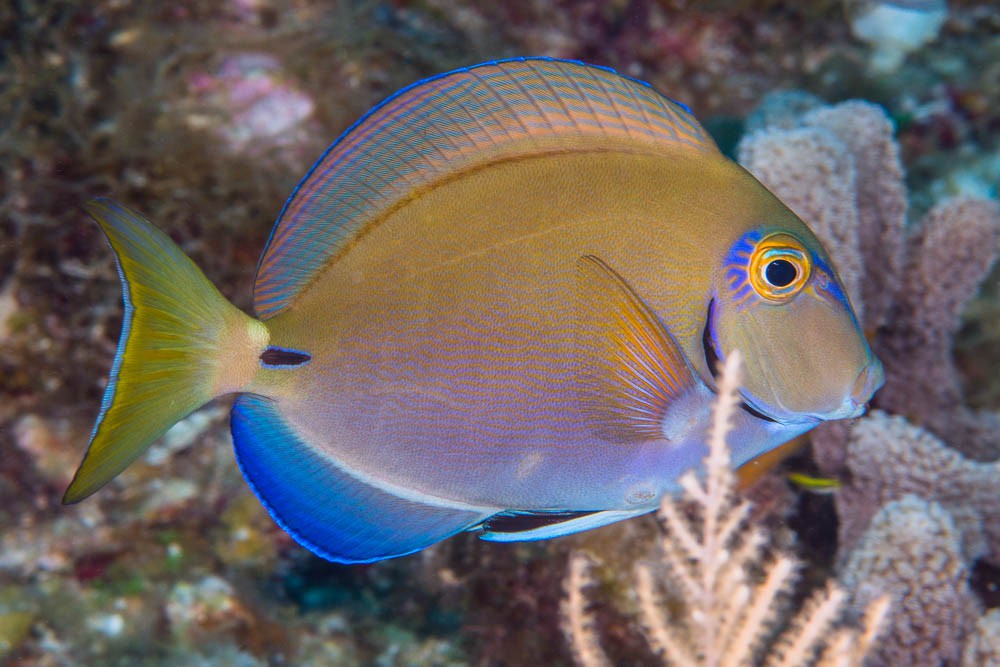

Introduction
Acanthurus tractus, commonly known as five-band surgeonfish, is a salt water fish.
This sheet is currently being prepared. The texts currently proposed come from our data model or are being drafted. To request priority for this content, you can write to us HERE.
Who is it?
Morphology
-
Type
-
Average size20 cm
-
Maximum size38 cm
-
Longevity31 year
-
ShapeOvoid
-
Type
-
Average size20 cm
-
Maximum size38 cm
-
Longevity31 year
-
ShapeOvoid
How to recognize This fish ?
The five-band surgeonfish measures between 20 and 38 cm. This fish is unicolore with a predominantly gris body.
Behaviour & Life cycle
-
dietomnivorous with herbivorous tendency
-
Sociabilityliving in small groups
-
territorialYes
-
Way of livingdiurnal
The five-band surgeonfish is a fish living in small groups naturally found near the bottom. The members of each group are organized around a well established hierarchy. This species is omnivorous with herbivorous tendency .
The five-band surgeonfish is a territorial animal that does not tolerate any incursions into its living area. It is particularly virulent against other territorial species and it can provoke heated fights. Relationships between conspecifics are also hectic, with each seeking to secure its place. Parrying or even sustained fighting can occur between dominant males.
Reproduction
-
Reproductionovipare qui pond en eau libre
The five-band surgeonfish is a fish ovipare qui pond en eau libre.
Harmless species
This species does not represent any particular threats to humans when encountered in its natural environment.
Origin and distribution
Conservation status of populations (IUCN)
What is its habitat?
Natural environment characteristics
-
Temperature23 - 27 °C
-
Depth2 - 45 m
Biotope presentation
The five-band surgeonfish is most often found at a depth between 2m and 45m. However, it is not impossible to find this species at other depths.
Species of the same biotope
Fishkeeping
Not recommended
We do not recommend keeping this species in an aquarium. It has unpredictable needs which, if not met, generate significant stress, potentially leading to a shorter life expectancy, an interruption of its growth or the development of pathogens.
To go further
Sources & Contributions
Participation & Validation
The Fishipedia team and specialist contributors are committed to providing high-quality content. However, although the information comes from scientific sources or testimonials from specialists, the cards may contain inaccuracies.

Adrien Falzon

Achille Lenglin
Translation
Translation done with the valuable contribution of our translators, who make this information available to a wider audience. We sincerely thank them for their commitment.
Scientific partners
Tags
Species of the same family
Same genus
Species of the same biotope
